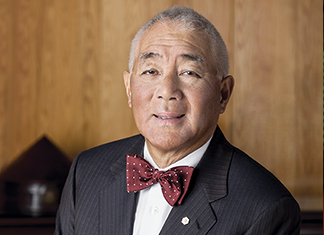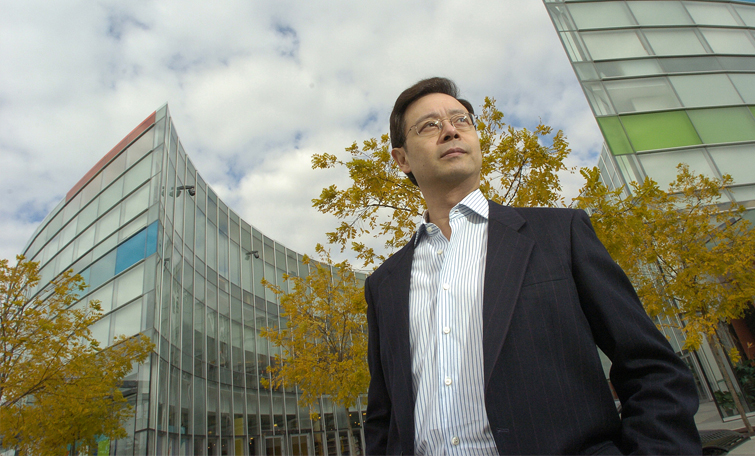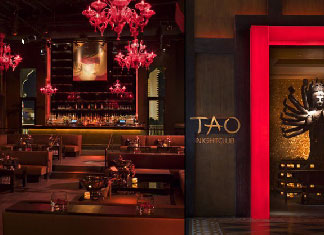A Tale of Four Cities:How Chinese Investment Is Transforming New York, San Francisco, Toronto and Vancouver
- Caifu Magazine | by Catherine Skrzypinski
- EN
It is the best of times for Chinese investors to bankroll luxury real estate properties in North American cities like New York, San Francisco, Toronto and Vancouver, according to a real estate expert.
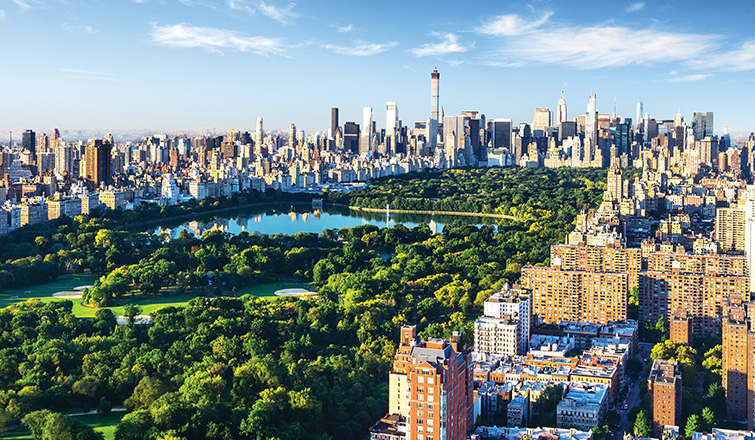
The movement of capital from East to West is likely to remain the major influence on real estate in 2015 and beyond, according to a March 2015 report Emerging Trends in Real Estate conducted by professional services firm PwC. Urbanisation is driving the real-estate boom – or the mass migration of people into cities to live, work and play. Companies and retailers are now following suit, spurring office and commercial development.
“The Chinese investor is looking for real-estate property as an investment, as the stock market is currently volatile in China,” David Ley, a professor of geography at the University of British Columbia, told Caifu magazine on Monday. Nov. 30. “Overseas investment is an attractive alternative for investors – it’s a much better bet.”
Since 2010, Chinese investors have targeted gateway cities, including Vancouver and San Francisco because of their proximity to China, as well as traditional immigrant melting pots Toronto and New York. These four North American cities have been shaped historically by immigration from Asia.
“It’s now a matter of moving global,” Ley continued. “There are favorable opportunities in gateway cities for Chinese investors.”
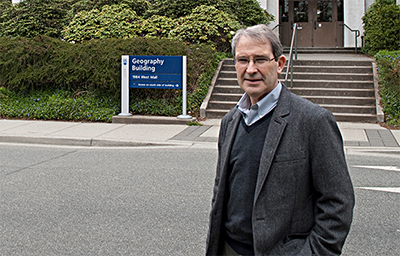
An increasing number of Chinese purchasers are setting their sights toward the skyscrapers of New York City – their preferred real estate market in the United States. In Manhattan alone, Chinese buyers have purchased U.S. $645.1 million of real estate in 2014, and nearly U.S. $5.3 billion so far in 2015, according to data firm Real Capital Analytics.
International homebuyers represent a small portion of the overall San Francisco residential market, but they do play a large role in investing in the city’s luxury condominium sector. In the Bay Area, Chinese capital financed recent projects like the $300 million residential high-rise Silvery Towers in San Jose, and the $300 million Lumina condos in the South Beach neighbourhood of San Francisco, reported research organization Wealth-X and luxury real estate firm Sotheby’s International Realty.
North of the U.S. border, the percentages of foreign ownership of condominiums in Canadian cities are highest in Toronto and Vancouver, and that has increased since 2014, according to the Canada Mortgage and Housing Corp. “No surprise: these are Canada's largest and most international cities,” CMHC President Evan Siddall said in a speech Thursday, Dec. 3 in Montreal.
In Toronto’s downtown core, foreign ownership of condos is 5.8 percent, versus 4.3 percent a year earlier, while in greater Toronto it is 3.3 percent, up from 2.4 percent.
In Vancouver, foreign buyers owned about 3.5 percent of the city’s condominiums in 2015, up from 2.3 percent from the year before. This percentage jumped in Vancouver’s Burrard Peninsula, West Side – including Coal Harbour along the waterfront near Stanley Park – and the East Side to 5.4 percent
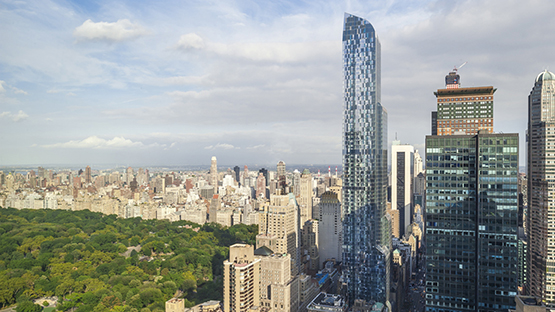
Sky’s The Limit
Within cities like New York, San Francisco, Toronto and Vancouver, Chinese investors are most interested in newly built high-rise structures, Ley explained.
Those in the market for a luxury pied-à-terre in a major metropolis are looking for a view and a place that is in proximity to a park or river. “The Chinese want to have a view of an iconic global image out their window,” Ley said. “In New York, the Manhattan skyline and a view of Central Park is valued.”
“The Chinese are also looking for a certain package of amenities in a building – like a gym or a pool,” he continued. “But most importantly, they want guaranteed protection and security – especially when they are out of town.”
One high-rise that checks all the boxes above is located in midtown Manhattan. One57, a 90-storey supertall skyscraper is not only redefining the luxury living space in New York; it is altering the city’s skyline. “The Billionaire Building” is living up to its nickname, as its average 12-month price is around U.S. $6,010 per square foot, according to a November 2015 CityRealty report. One57 is also home to Manhattan’s most expensive condo, which sold for U.S. $100.5 million in early 2015.
However, North America’s high-rise boomtown is in Toronto, with 130 projects under construction – more than any other North American city. New York is second with 91 projects in the works, according to construction data firm Emporis.
“It is notable, too, that current residential high-rise construction in Canada comprises almost exclusively condominiums, while in the United States, it includes a relatively large proportion of rental apartments,” Emporis said.
On the West Coast, both the San Francisco and Vancouver skylines are transforming, thanks in part to foreign investment. In San Francisco’s South of Market district, the Salesforce Tower will be the city’s tallest building at 61 storeys when completed in 2018. The Pelli Clarke Pelli-designed skyscraper is now in the hands of Shenzhen-based Oceanwide Holdings, investing U.S. $296 million in the property in January 2015.
The Trump International Hotel and Tower Vancouver, designed by Canadian architect Arthur Erickson, will open its doors in March 2016. Upon completion, the Trump International Hotel and Tower Vancouver’s twisting glass tower will be the second-tallest structure in the city at 63 storeys.
High-rise buildings springing up in downtown cores have led to gentrification, Ley noted.
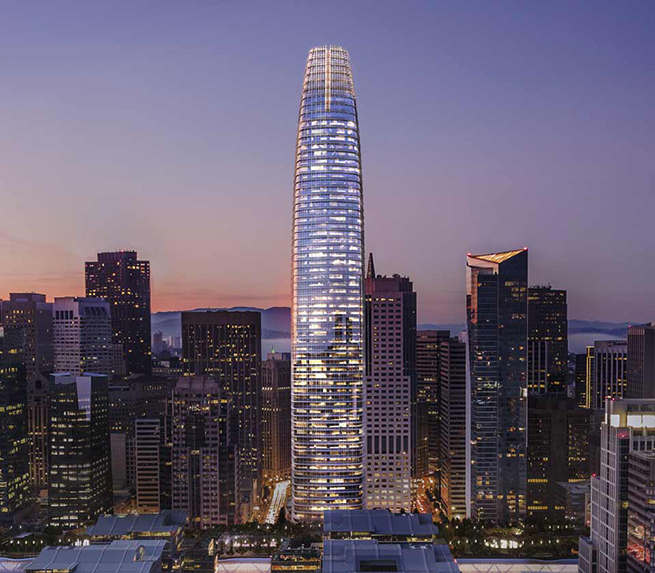
Impacts of Gentrification
Gentrification is the process when urban neighbourhoods undergo an increase of rent and property values after wealthier people move in, invest in improvements and construct new buildings – thus changing the area’s character and culture.
Signs of modern-day gentrification, according to Ley, include neighbourhoods that have coffee shops like Starbucks, wine bars, shops devoted to fitness activities like cycling and running, and design and furniture stores within walking distance from dwellings. “These types of retail stores are the expression of inhabitants’ lifestyles,” he added.
“San Francisco is a classic site of gentrification,” Ley continued. “The city has a white-collar workforce, apartments with waterfront views, and a growing technology sector, which is all putting pressure on the Bay Area’s housing sector. Gentrification is driving the market in San Francisco.”
Rent prices are a good gauge to track whether an urban area is gentrifying, Ley explained. “Occupational statistics like post-secondary education and professional jobs are also a good indicator.”
The U.S. Census Bureau released an updated American Community Survey on Thursday, Dec. 3 – a statistical indicator of how gentrification is affecting the United States. The latest housing numbers – comparing data from five-year sequences, namely 2005-2009 with 2010-2014 – reflect that rents are rising more than $1,000 a month in metropolitan areas like New York and San Francisco, while their surrounding counties have some of the highest real median household incomes. Additionally, these two cities have more than 40 percent of its population over the age of 25 earning a bachelor’s degree or higher from 2005-2009 to 2010-2014.
Ley noted that while gentrification does inflate housing prices in an urban neighbourhood, it is not the only factor. In the United States, revised mortgage rules after the financial crash in 2008 created barriers of entry for homeownership, while mega-landlords buying up blocks of housing can play a role. A decrease in neighborhood crime may also contribute to gentrification, along with the presence of creative communities populated by artists and musicians – some of them referred by popular culture as hipsters.
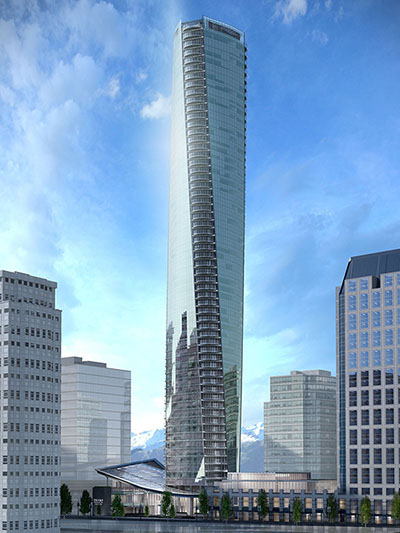
When Real Estate Is a Tap Away
All Chinese Millennial real-estate seekers need these days to invest in an overseas property is their smartphones, as they can get a virtual tour of a building through an app. If they are satisfied with the property, then it is theirs with a couple of clicks. “People who have money rather than time can easily purchase properties – even if they are thousands of miles away,” Ley noted.
More traditional property hunters attend luxury exhibits at a four- or five-star hotel in cities like Shanghai hosted from Friday, Dec. 11 to Sunday, Dec. 13. Upcoming luxury exhibits in 2016 will be held at the Sofitel Wanda Beijing during the weekend of April 22-24, 2016, and at the Grand Hyatt Guangzhou on Sept. 23-25, 2016.
Looking ahead, Chinese buyers should diversify their investments globally, Ley advised. They are now moving beyond gateway cities to invest in up-and-coming metropolises Los Angeles, Miami and Seattle – even Dallas. “[The millionaire migrants] should put their eggs in more than one property basket,” Ley concluded.




